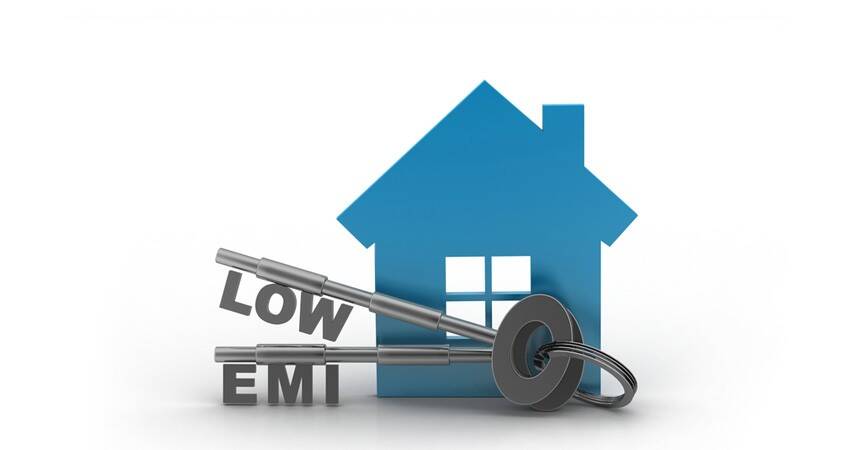Have you ever wondered why your annual interest on home loan does not reduce even though the principle amount shrinks every month? This is because your bank is using the annual reducing balance method for calculating your loan. It means that you are paying same interest on a less loan amount. To save you from this, buyers should opt for the monthly reducing balance method while taking the loan.
To make it easier to understand, let’s just say that a customer takes a loan of 15 lacs from a bank and the interest that he has to pay after five years will be 1 lac. Now for the monthly EMI that the customer has to pay every month comes around Rs 10,000, and according to this the bank has to deduct the interest. The annual reducing method of interest is a little unfair and the customer ends up paying more money. This is one of the reasons why a customer should do an in-depth research before opting for the loan from any bank of financial institution. Ask your lender as many questions as you want regarding the loan and do not settle down until you are satisfied with the answers.
Reserve bank of India’s FAQ (frequently asked questions) answers a very important question: what is the monthly reducing balance method. And the answer states that ‘Borrowers benefit more from the loan that’s calculated on a monthly reducing basis than on annual basis.’
The monthly EMI in the monthly balance method is calculated on the outstanding principal balance for the month. The interest amount is deducted calculating the principal amount at the opening of the month. That means every month, the interest amount is deducted because the principal amount reduces. In case of annual balance method, the EMI is calculated on the principal at the start of the year and is reset again at the start of next year.
Hence, knowing the EMI paying options and methods are of utmost importance as well. Get it clear with your loan lender before signing the loan agreement.







